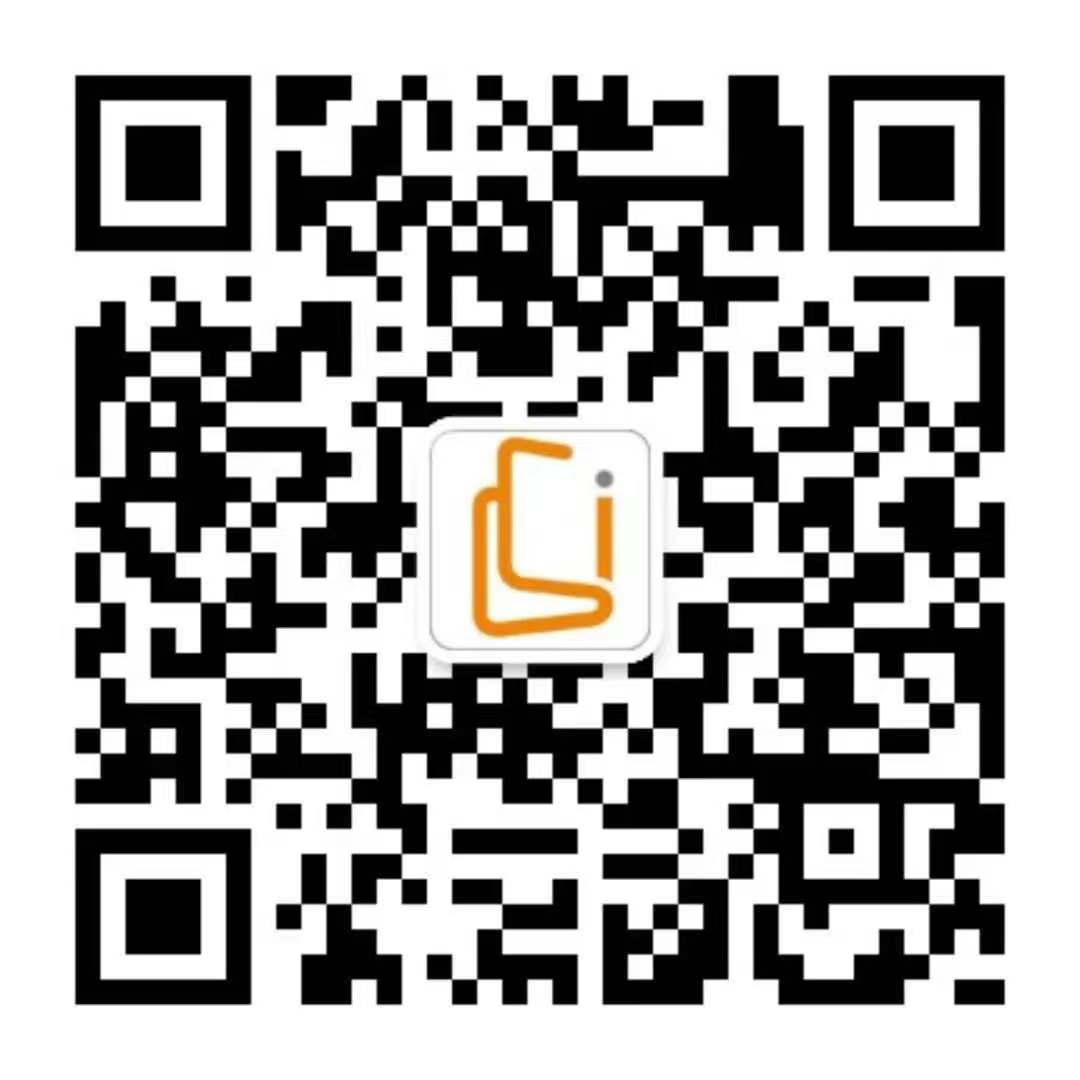CLCTP3
LanguageENG
PublishYear2021
publishCompany
Wiley
EISBN
9781119773382
PISBN
9781119773368
edition
1
- Product Details
- Contents
Visual Studio Code for Python Programmers helps Python developers become not just familiar, but productive in Visual Studio Code. It starts with an introduction to the editing features of the workspace and continues with the more advanced functionality (including refactoring and key bindings). The book finishes with an extensive look at the integration that Visual Studio Code provides to external tool, like Git, Grunt, Gulp and NPM. For developers, the choice of an editor is a very personal one. There is a demand for speed, functionality and personalization in order to be considered. But there are also idiosyncratic functions that are considered deal breakers when it comes to choosing a tool. And they are different for each developer. After introducing the cross-platform nature of the tool, along with the steps to install Visual Studio Code on Windows, Mac and Linux platforms, the book covers such topics as: The Workspace--The focal point of the development experience. Introduces the developer to the features of the workspace and how those features can be customized. Files, Folders and Projects--The structure of a web project can be quite fluid. Visual Studio Code allows developers to choose their structure according to their needs. Looks at the different ways Visual Studio Code supports the most common structures. Editing Code in Your Language of Choice--This is the heart of the developer experience and probably the most important topic in the book. It covers syntax coloring, IntelliSense, refactoring, and code navigation. Integrating with Source Control--Visual Studio Code supports Git integration out of the box. Learn how to perform common Git functions (commits, checkouts, branches, and merges) from within Visual Studio Code. Debugging Code--Visual Studio Code is not just a code editor. Also supports many of the debugging features to which Python developers have become accustomed. Looks at how to debug your code using JSON. The book is organized in three parts--Part I, Getting Started, Part II, Python Extension Essentials, and Part III, Real World Applications. This final section will step you through Building a simple notes app with Django; Building a simple blog with Flask; Visualizing climate change data in a Jupyter Notebook; Containerizing a Python app with Docker; and Deploying a function triggered by a timer to Azure
Collected by
- Princeton University
- University of Cambridge
- Yale University
- Harvard University
- Stanford University
- Columbia University Library
- gatech











